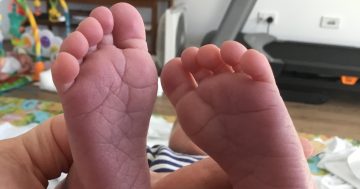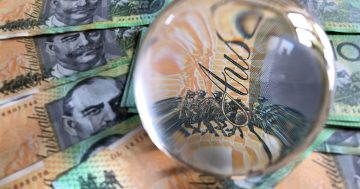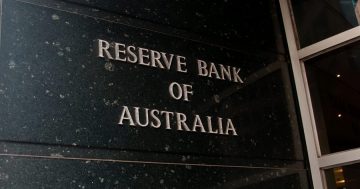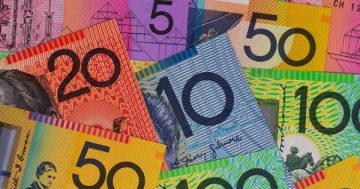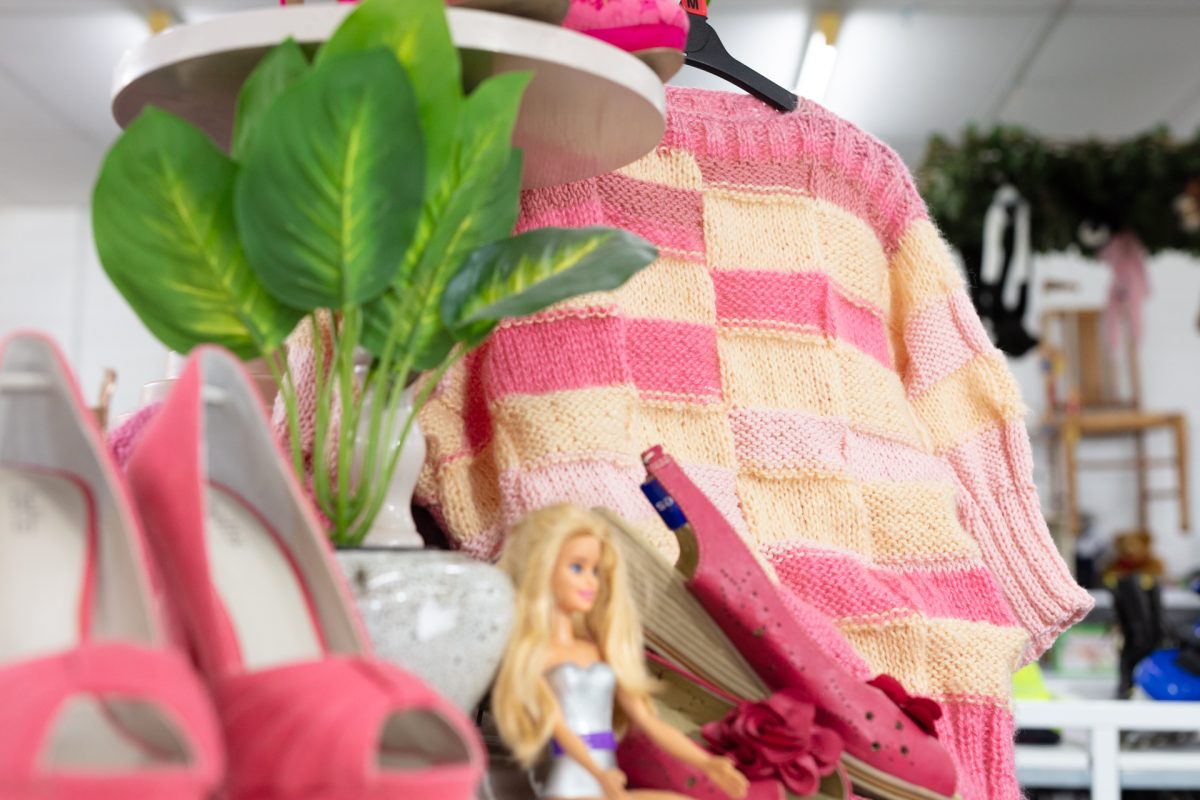
A small rise in retail turnover in May was driven by clothing and fashion sales, says the ABS. Photo: Thomas Lucraft.
Australians are spending more on clothes and less on food, according to the latest data from the Australian Bureau of Statistics.
Food-related spending fell in May for the first time this year, driven by a drop (-0.4 per cent) in food retailing, while spending in cafes, restaurants and takeaway food services was flat (0.0 per cent).
Australian retail turnover rose 0.2 per cent in May 2025, according to the ABS’s seasonally adjusted figures just released.
This follows a flat result last month and growth of 0.2 per cent in March 2025.
Non-food related spending drove the rise in retail turnover for May, particularly in the fashion sector.
ABS business statistics head Robert Ewing said clothing, footwear and personal accessory retailing (+2.9 per cent) and department stores (+2.6 per cent) were the only industries to see rises, both bouncing back from large falls in April.
“Retail spending rose in May driven mainly by a bounce-back in clothing purchases,” he said.
“Retail spending was otherwise restrained this month, with a drop in food-related spending and flat results across household goods.
“Clothing retailers and department stores were boosted by people buying winter clothes, having held off on those purchases with the warmer-than-usual weather last month.”
Other retailing had a fall (-0.2 per cent), while household goods retailing remained unchanged (0.0 per cent).
Retail turnover rose in most states and territories.
The ABS has also released seasonally adjusted data for dwelling approvals, showing the total number approved nationally rose 3.2 per cent in May to 15,212.
ABS construction statistics head Daniel Rossi said private dwellings excluding houses rose 11.3 per cent in May, driving the overall increase in dwellings approved.
“Private sector houses had a smaller increase, rising 0.5 per cent,” Mr Rossi said.
The 11.3 per cent rise in private sector dwellings excluding houses (to 5571 dwellings) followed a 19.0 per cent fall in April. The result is 11.9 per cent higher than one year ago.
In original terms, approvals for apartments rose 40.1 per cent, driving the overall rise in the ABS’s Building Approvals, Australia data series.
In trend terms, approvals for total dwellings fell in the Australian Capital Territory (-8.0 per cent).
The only specific approval dwelling data available and released for the ACT, however, was for unit approvals for May, which was 254.
NSW had the largest increase in apartment approvals with 2274 units approved in May, compared with 672 in April.
Non-residential approvals, however, have driven an overall fall in value.
The value of total building approved fell 8.6 per cent in May to $15.45 billion, following an 6.1 per cent rise in April.
The overall drop in value was driven by a 22.4 per cent fall in non-residential building approved to $6.16 billion. This followed a rise of 14.7 per cent in April.
Despite the fall, the value of non-residential building approved is 5.8 per cent higher than May 2024. The second highest value for this series was in April.
The value of total residential building rose 3.6 per cent to $9.28 billion. This is the third highest value of total residential building recorded.
“The value of approved residential alterations and additions reached an all-time high in May, up 3.2 per cent to $1.22 billion,” Mr Rossi said.
Original Article published by Chris Johnson on Region Canberra.


